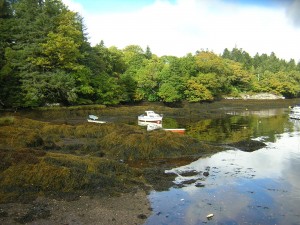Environmental Managment Plans
 Public spaces, parklands, walkways, cycle tracks, golf courses, depending on the significance of the location may require Environmental Management Plans (EMP). Moore Group can help formulate, implement and monitor the most suitable EMP for your site.
Public spaces, parklands, walkways, cycle tracks, golf courses, depending on the significance of the location may require Environmental Management Plans (EMP). Moore Group can help formulate, implement and monitor the most suitable EMP for your site.
‘An Environmental Management Plan should aim to fulfil the overall environmental goals of a committed programme in a context appropriate to the site in question and compatible with the normal operational management of the operation’.
The EMP should address:
- the existing conservation value of the site in terms of natural heritage
- the perceived and predicted impacts on the site and
- the proposed mitigation of those impacts through amelioration, avoidance, and ongoing monitoring.
Stages for the preparation of an Environmental Management Plan would follow those outlined for general conservation management plans. These stages are listed as follows:
- Understanding the location
- Assessing Significance (historic, aesthetic, archaeological, ecological, social, educational)
- Defining how this significance is vulnerable
- Determining policies for retaining significance in future
- Setting out a specific set of proposals for the management of the site
It is important to document the management programme. Written policies, targets and records of implementation are vital to long-term, efficient management.
Auditing and review is an important part of any EMP. It is suggested that 3 years should be allowed to get a progamme up and running before a first full progress review and that regular monitoring is carried out during this period. Three years is considered a reasonable average timescale over which to measure significant improvements in environmental performance.

